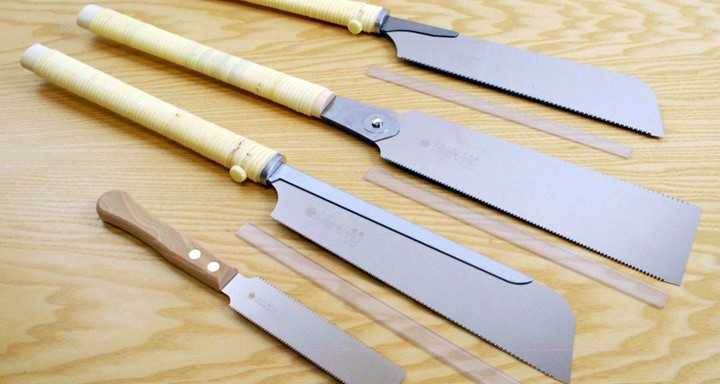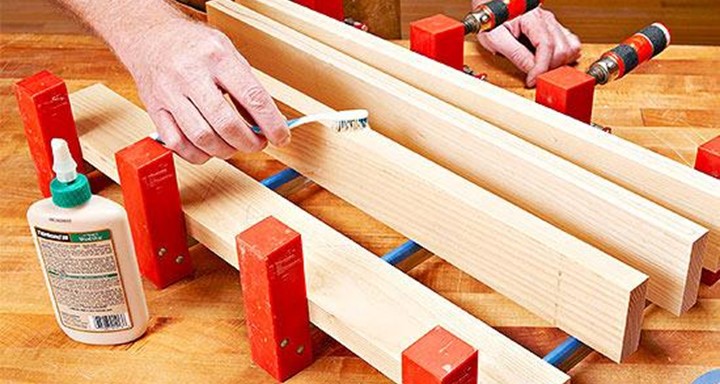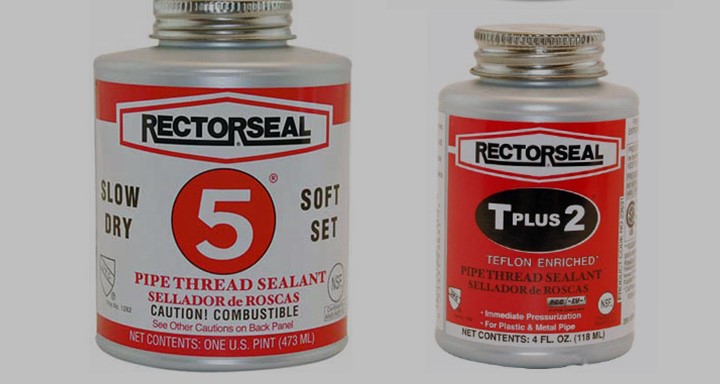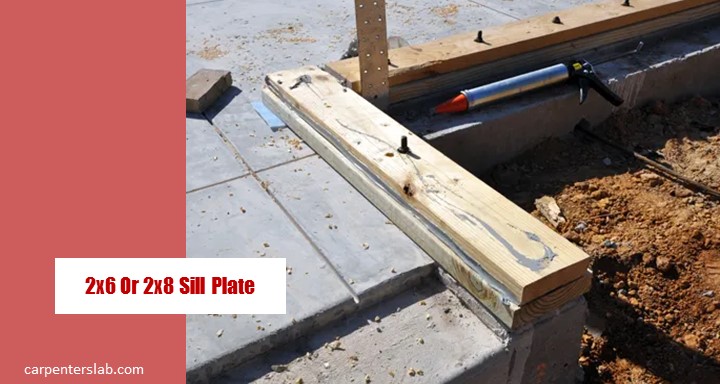How to Hang a Shelf With Only One Stud
The wooden ceiling joists inside a wall are known as wall studs. These are ideal for anchoring anything you want to hang up. A wall shelf cannot be installed without the use of studs. Supporting a shelf can be accomplished in a variety of ways.
So, how to hang a shelf with only one stud?
Placing a wall shelf including one stud is another fantastic method for hanging shelves on the wall. In this case, we will show you how to mount a cabinet using only one stud, plasterboards, and deck screws. In addition, we have a step-by-step guide just in case you don’t have a stud.
This was just a preview. So, let’s get into the specifics of the procedure and rules.
What's On the Page
Things You Need To The Hang Shelf
Installing wall cabinets utilizing studs is really quite effective and necessary. Using studs to mount cabinets allows the cabinet to be firmly hung just on the wall with anything heavy. People use alternative techniques to put cabinets on the wall. But utilizing studs is always the most efficient.
You will need the following tools to hang a shelf using just one stud:
- A solid stud (our pick: Solid Heavy Duty Steel Free Hanging Shelf Bracket)
- Scale of measurement (our pick: Etekcity Luminary 22lb Food Kitchen Digital Scale)
- Machine with a chisel and drill (our pick: AVID POWER 20V MAX Lithium lon Cordless Drill Set)
- Screwdrivers (our pick: CRAFTSMAN Ratcheting Screwdriver)
- Set of deck screws (our pick: Swordfish Point Wood & Deck Screw)
- Anchors for drywall (our pick: TW Brands 25310 50 pack 75lb Drywall Anchor)
- Markers (our pick: GOTIDEAL Liquid Chalk Markers)
These are the essential tools you’ll need to mount a wall shelf with only one stud.
Installing a Hanging Shelf Using Only One Stud
So, the question is how many studs per cabinet will we use? We will use a single stud shelf bracket to hang the shelf.
Try this approach if you would like to install wall shelves with minimal effort and expense. You should go ahead and use this strategy since it is ideal for you. Wall shelves provide greater storage space in your room, washroom, or kitchenette.
As a result, it’s even better if the shelf you’re holding it up has a higher weight capacity. Furthermore, it is for this reason that you must ensure that the wall shelf is correctly installed.
Keep a 0.5-inch drywall gap and a 16-inch space among studs. Applicable in the rear of the house before starting the steps. Then measure and label 24 inches for such shelves plus 12 inches again for brackets.
More specifically, if the shelf requires 24 inches of wall space. Then choose brackets that are 1⁄2 the width’s size. As this will provide the hooks and the shelf’s connection more solidity.
Here are all the quick and easy procedures for how to hang a cabinet with one stud:
- One hole should be lined up with a stud, leveled, and holes marked.
- Drill a pilot hole for the drywall anchor with a chisel.
- Using drywall anchors, secure the wall.
- Using a screwdriver, secure the male bracket to the drywall anchor.
- The male bracket should be screwed into the stud.
- Install the cabinet to the wall with the female bracket.
- To assure the shelf is firmly on the wall, tighten the set screws.
Your hanging shelf is ready for use. Now you know how to hang a floating shelf.
Without The Use Of Studs, How Do You Hang Shelves?
Are you wondering how to hang shelves without brackets?
There are some steps which you can take to hang your shelf without studs and brackets:
Step 1: Calculate the Measurement
Measure the length of both the shelves with a tape measure. Look at the box to see whether the length is specified.
If it isn’t, place the shelf on such a level surface and take your own measurements. It will assist you in deciding where the pilot holes for anchoring your shelf to the structure should be drilled.
Step 2: Determine the Place
Choose a space on the wall that is clear and spacious for the shelves. When deciding where to put the shelf, keep the length in mind.
Also, keep in mind the length of the hooks you want to use. To determine the amount of clearing space available, simply hold them up to the wall.
Step 3: Mark Points
Using a pencil, mark the shelf’s end points. Place the shelf against the wall once you’ve decided where you want it to go.
Make markings on the wall to show where the shelf’s ends meet the wall. Attempt to keep these markings as close together as possible.
Step 4: Draw Lines Between Points Marked
Draw a line along one edge of the shelf with a bubble level. Place a bubble level along the edge of the shelf where you want it to go.
In the center of the bubble levels is a liquid capsule. It is level when the bubbles are in the center of the liquid. Draw a straight line connecting the places you drew before using a pencil.
Step 5: Place Adapters
On the wall, mark the screw slots for the shelf’s fastening brackets. Placing the adapters against the wall is a good idea. The screw slots, it’ll be on the edges, should be noted.
Multiple holes are available on some mounting brackets, although this is dependent on the type of mounting used.
Step 6: Power Drill
To make pilot holes, use a drill bit with a length of 2 12 in (6.4 cm). The length of the wall studs you intend to use will determine this. Select a power drill that matches the wall anchor’s diameter.
Drilling all completely through the wall or plaster at this point. To drill through it without striking anything behind the wall, try using a 2 12 in (6.4 cm) long drill bit.
That is all!
FAQs
How many loads can single stud support?
A stud screw may support around 80 and 100 lbs. Make careful to spread the weight as evenly as possible. Doubling up on a screwdriver in a stud is the simplest technique to boost the number of weight it can support. If there’s space for a 2nd or 3rd screw, go ahead and install it.
How many screws are there in a stud?
A slot in a stud can indeed be 1 1/4 inches away from the wood’s edge. That implies you’ll need at least 1 1/4 inch of hardwood to drill through safely. A nail board is often used to cover the cables or pipes if the distance is smaller than that.
Why is screwing into a stud so difficult?
Your screw isn’t going into the wood because it’s reached a pretty thick area of wood that requires a bit more power. Drill a deeper pilot hole, are using a higher-quality screw, or invest in a more powerful screwdriver to solve the problem.
Conclusion
We tested and gave the most accurate approach. Because many DIYers wanted to know how to hang a shelf with only one stud. It doesn’t matter if you’re a skilled woodworker or simply a regular person. You’ll be able to execute this really well.
This approach is not at all difficult or perplexing for novices. So you may breathe a little while working on it.
As a result, our recommendations will help you save both money and time. We advise you to be cautious and calm while hanging a shelf with only one stud.
Good luck redecorating your house!

Robert Larry is a woodworking enthusiast, carpenter, creative wood art designer, and spokesperson. He has a passion for crafting unique and functional pieces from wood, and over the years, He has honed his skills to develop a distinctive style that blends traditional carpentry techniques with a modern, artistic touch.
In addition to his work as a carpenter, He is also a writer, sharing his knowledge and experiences through articles and blog posts on the craft of woodworking. With a keen eye for detail and a deep appreciation for the natural beauty of wood, He creates pieces that are not only functional but also beautiful works of art.







